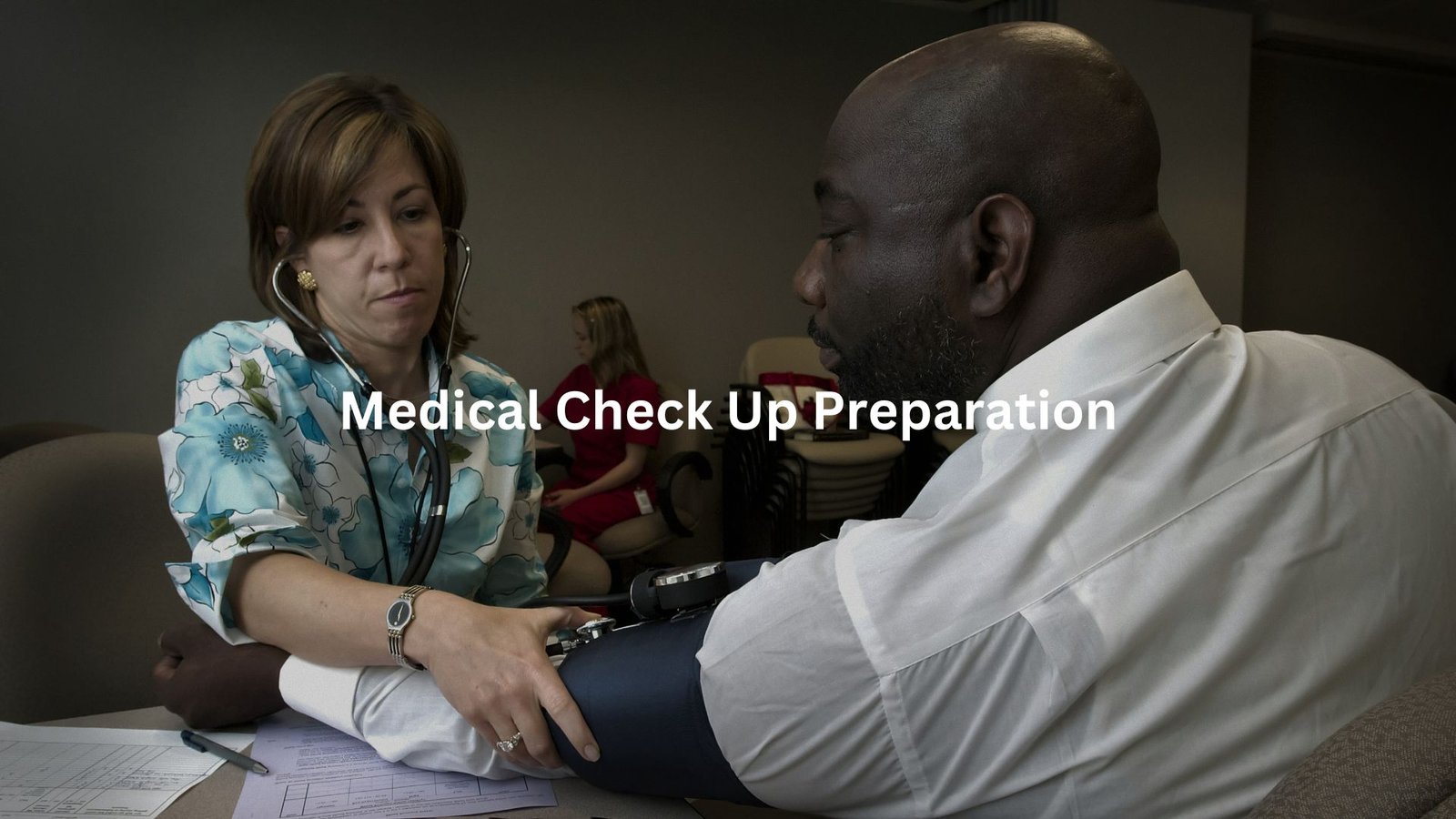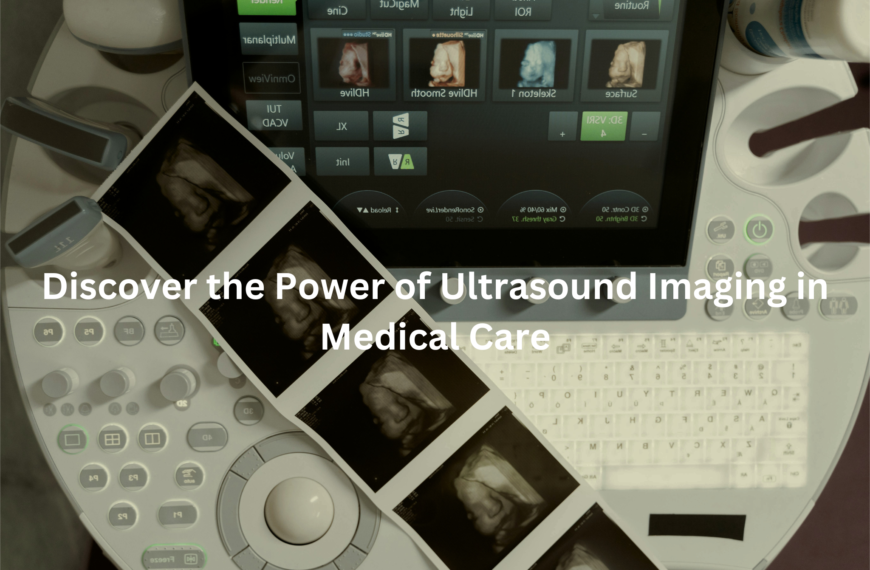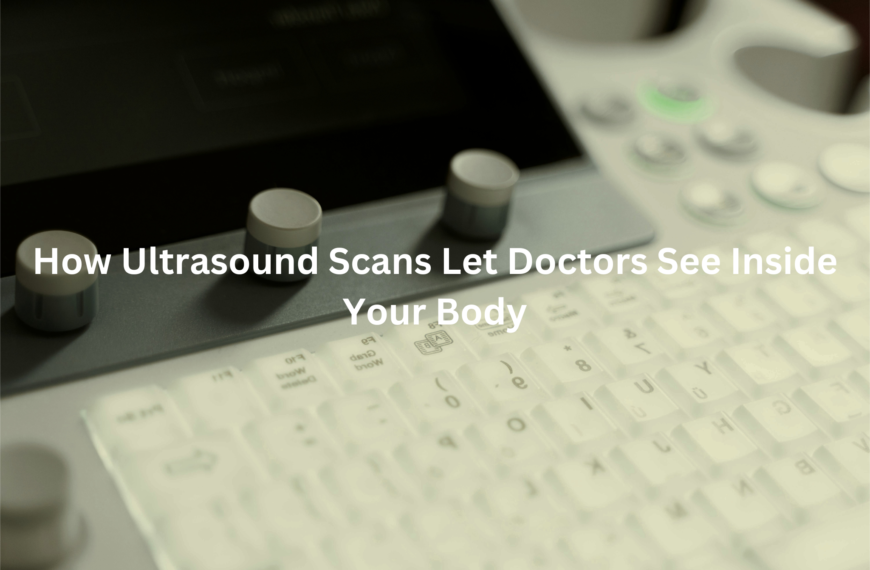Explore how arterial Doppler ultrasound checks blood flow and keeps our vessels healthy. Learn what it can do for you!
Arterial Doppler is a special kind of test that looks at how blood moves in our arteries. It’s like a superhero for our health, helping doctors see if everything’s working well. If you’ve ever wondered how they check for things like blockages or diseases in your veins, you’re in the right place! Keep reading to learn more about this cool technology and what it means for our bodies.
Key Takeaway
- Arterial Doppler ultrasound checks blood flow in arteries.
- It helps find problems like clots or narrowing.
- This test is safe and doesn’t hurt at all.
What is Arterial Doppler Ultrasound?
Here’s a thought: if blood were a river, we’d want to know if there were dams, twists, or slowing currents. That’s exactly what arterial Doppler ultrasound does for the human body.
This non-invasive test (meaning no needles or cutting) uses sound waves to peek inside arteries and track how blood flows. Unlike a regular ultrasound that shows static images, this one measures motion—showing the speed and direction of blood in real time. Doctors might spot blockages, turbulence, or slow flow, which can mean trouble ahead.
Peripheral Artery Disease (PAD) is a big reason doctors order this test. PAD happens when arteries in the legs or arms narrow, starving muscles of oxygen-rich blood. If you’ve ever felt leg pain when walking uphill and relief after stopping, that could be a red flag. An arterial Doppler helps confirm if PAD is the culprit by checking the ankle-brachial index (ABI), which compares blood pressure with the arm. Anything below 0.9? That’s usually PAD territory.
Think of this test as a tool for catching early warning signs. The best part? No preparation is needed, other than wearing loose clothes. If blood’s a river, an arterial Doppler is your map to smoother sailing.
How Does It Work?

So how does this amazing test work? Well, it uses something called high-frequency sound waves. These waves go into our skin and bounce off the blood cells moving in our veins. The machine then turns these sound waves into pictures and sounds that the doctors can see and hear.
There are two parts to this test:
- B-mode Imaging: This shows the structure of the blood vessels.
- Doppler Ultrasonography: This part measures how fast the blood is flowing and in what direction.
When the doctor uses this test, they can learn a lot about how healthy the arteries are.
Why Do We Need It?
If you’ve ever watched sunlight reflect off rippling water, you’ve seen a hint of how an arterial Doppler works. But instead of light, it uses sound—high-frequency sound waves, to be exact. These waves shoot through the skin, bounce off moving blood cells, and head back to the ultrasound machine, where they’re transformed into pictures and sounds.
The process has two main parts:
- B-mode Imaging: This captures the shape and structure of arteries. It can show if the walls are smooth or narrowed by plaque.
- Doppler Ultrasonography: This measures the speed and direction of blood flow. A whooshing sound? Normal. A sharp pitch change? Could be a blockage.
Together, they give doctors a detailed look at how healthy your arteries are—or aren’t. If you take this test then your ABI returns at 0.85 (just under the 0.9 threshold for PAD), you can change your lifestyle to avoid surgery because it caught early. (2)
If you ever hear that Doppler whoosh, take it seriously. It could reveal problems before they become bigger ones.
What Can Doppler Waveforms Tell Us?
Credit: AIUMultrasound
Doppler waveforms are like listening to the rhythm of the body’s blood highways. They’re visual patterns, showing how blood moves through the arteries, and each pattern tells a different story.
Doctors usually see three types of waveforms:
- Tri-Phasic: The gold standard. It means the artery walls are healthy and flexible, and blood flows smoothly. You’ll hear three distinct swooshes—forward, backward, then forward again.
- Bi-Phasic: The arteries may be stiffening. This pattern only has two swooshes (forward, backward). It’s a possible early warning sign of reduced blood vessel flexibility.
- Mono-Phasic: A red flag. The waveform shows one swoosh, and blood struggles to flow efficiently. This could mean significant narrowing or blockage.
If a doctor ever points out those waveforms on the screen, listen closely. They might be the key to preventing bigger problems down the line.
What Happens During the Test?
Lying down on that exam table, you’ll probably notice the gel first. It’s cold. A little sticky too. But it helps the sound waves travel better, making it easier for the machine to listen to the blood flow in your arteries.
The process starts simply enough: the technician applies the gel and places a small wand (called a transducer) over the area they’re examining—most often legs or arms. With a gentle press, they begin to track your blood flow. It’s painless, though some spots might feel a little ticklish.
Here’s how it works. The machine sends high-frequency sound waves into the body, and those waves bounce off your blood cells. The echoes that return create a picture—like sonar underwater. And if you listen closely, you might even hear the rhythmic “swoosh” sound of blood moving through your arteries.
Once done, the technician checks the waveforms on the screen. It’s their guide to how healthy (or not) those arteries are.
If you ever need an arterial Doppler ultrasound, there’s no need to worry. Just show up, relax, and let the sound waves do the talking.
Why Is This Test Great?
Sometimes, it’s the simple tests that make the biggest difference. The arterial Doppler ultrasound, for example, doesn’t involve needles or cutting. Just sound waves.
First, it’s non-invasive. No pokes, no prods—just a wand gently moving across your skin. This alone makes it more comfortable than tests that require needles or dyes.
It’s also quick. The machine spits out results in real time. The doctor might even make a few adjustments on the spot if they spot something concerning. That kind of speed can be life-saving in some situations.
But perhaps the best part is how thorough it is. The test doesn’t just show the shape of blood vessels (are they twisted, blocked, or narrowed?). It also measures how fast the blood moves through them, which can be a clue to bigger issues.
In short, it’s simple, effective, and gives doctors plenty of information. And sometimes, that’s all you need to stay a step ahead. (3)
What to Know Before Your Test
Getting ready for an arterial Doppler ultrasound doesn’t take much, but a little preparation can make things easier. You’ll be lying down for a bit, so wearing comfortable clothes is a good idea. Loose trousers or shorts work well because they give the technician easy access to your legs or arms (wherever they’ll be checking).
If your doctor gave any instructions, like avoiding certain foods or medications, follow them carefully. These small steps can affect how clear the results are.
Don’t be shy about asking questions. If you’re wondering how long the test will take or whether you’ll feel anything, ask the technician. They’ve probably heard it all before and can put you at ease.
In the end, being prepared can make a big difference, even for something as simple as this.
FAQ
What is an arterial Doppler, and how does it help with blood flow assessment and blockage detection?
An arterial Doppler uses sound waves to check how blood flows through your arteries. It’s a type of vascular ultrasound and can identify blockages or narrowing in blood vessels, which may indicate conditions like peripheral artery disease. This non-invasive imaging method helps doctors monitor blood circulation and detect arterial insufficiency without needing needles or surgery.
How does a Doppler ultrasound differ from an arterial duplex scan?
A Doppler ultrasound focuses on blood flow velocity measurement and the Doppler effect, while an arterial duplex combines this with real-time imaging to show both blood flow and the structure of blood vessels. Together, these scans can assist with stenosis identification, aneurysm detection, and intermittent claudication assessment.
Can an arterial Doppler ultrasound help diagnose carotid artery stenosis and deep vein thrombosis?
Yes, arterial Doppler imaging is used for diagnosing blood vessel conditions like carotid artery stenosis. It can also detect blood clots, making it useful for deep vein thrombosis and blood clot diagnosis. By using tools like spectral Doppler analysis and Doppler waveforms, doctors can evaluate vascular health and assess potential risks.
Conclusion
In wrap up, arterial Doppler ultrasound is a vital tool for checking our blood flow and keeping our arteries healthy. It helps doctors find problems like blockages and makes sure that everything is working well in our bodies. Regular tests can help catch any issues early, leading to better health. So, if you ever need this test, you now know what to expect!
References
- https://www.adventhealth.com/practice/adventhealth-medical-group/arterial-peripheral-doppler-ultrasound
- https://xray.com.au/service/arterial-and-venous-doppler-ultrasound/




